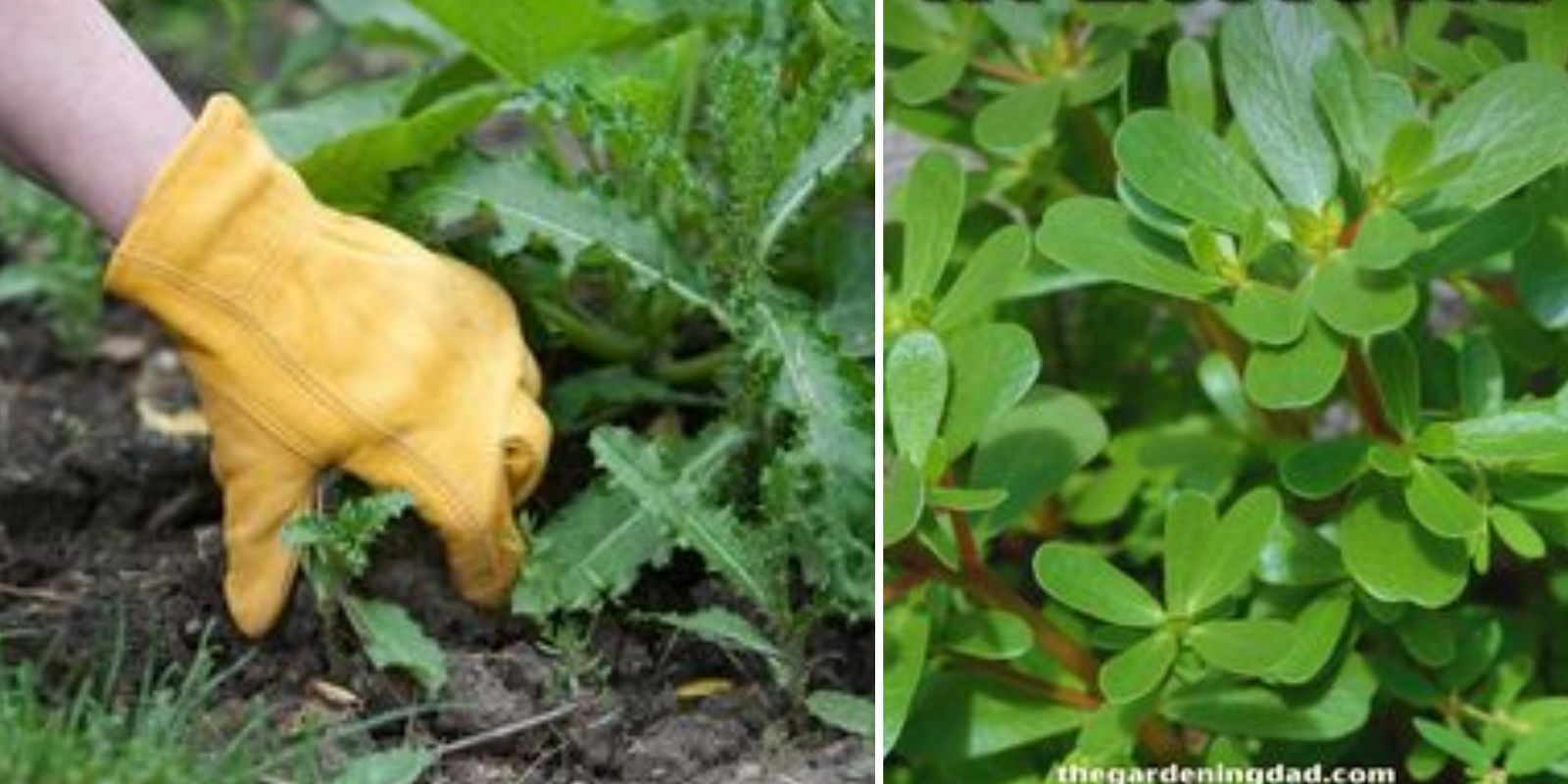Encountering weeds, or “malas hierbas,” in your garden is a common challenge that can disrupt the health and aesthetics of your plants. These unwanted intruders compete for essential resources like nutrients, water, and sunlight, often outcompeting your carefully cultivated plants. Effective weed management involves understanding their characteristics, employing strategic removal techniques, and implementing preventive measures to maintain a thriving garden environment. This comprehensive guide will equip you with the knowledge and strategies needed to tackle “malas hierbas” effectively.
Understanding “Malas Hierbas”
“Malas hierbas” refer to a diverse range of plants that grow aggressively in garden settings without deliberate cultivation. They can vary from broadleaf weeds such as dandelions and chickweed to grassy invaders like crabgrass and Bermuda grass. Recognizing these weeds is crucial for implementing targeted control methods and preventing them from spreading further.
Steps to Handle “Malas Hierbas” Correctly
- Identification and Recognition Start by familiarizing yourself with the common “malas hierbas” species prevalent in your region. Study their growth habits, leaf shapes, and flowering patterns to distinguish them from desirable plants accurately. Proper identification ensures you can effectively target and remove weeds without accidentally uprooting beneficial plants.
- Early Detection and Monitoring Regularly inspect your garden for signs of weed growth. Early intervention is key to preventing weeds from establishing deep roots and spreading rapidly. Look for seedlings, unusual growth patterns, or changes in plant health that may indicate the presence of weeds. Prompt action can significantly reduce the effort needed for weed control later on.
- Manual Removal Techniques For localized infestations or individual weeds, manual removal is often the most practical and environmentally friendly approach. Equip yourself with gardening gloves and use hand tools like trowels or weed pullers to uproot weeds from the soil. Ensure you remove the entire root system to prevent regrowth.
- Implementing Mulching Practices Mulching serves as a proactive measure against weed growth while providing additional benefits to your garden. Apply a layer of organic mulch such as shredded bark, straw, or compost around plants. Mulch suppresses weed germination by blocking sunlight from reaching weed seeds and helps retain soil moisture, promoting healthier plant growth. Reapply mulch as needed to maintain an adequate depth of coverage.
- Consideration of Chemical Control In cases of extensive weed infestation or persistent species, chemical control methods may be necessary as a last resort. Choose herbicides carefully, opting for selective products that target specific weed types while minimizing harm to desirable plants and the environment. Always follow manufacturer instructions and safety guidelines when applying herbicides to ensure effective and responsible use.
- Establishing Regular Maintenance Practices Prevention is key to long-term weed management success. Incorporate regular maintenance tasks into your gardening routine, including weeding as a standard practice. Routinely inspect garden beds and remove weeds promptly before they mature and produce seeds. This proactive approach reduces the likelihood of future weed outbreaks and minimizes the need for intensive control measures.
Motivation for Interaction
Effectively managing “malas hierbas” is essential for cultivating a healthy and thriving garden space. Share your experiences, tips, and challenges in weed management with fellow gardening enthusiasts. Engage in discussions to exchange valuable insights and strategies for maintaining a weed-free garden environment. By collaborating and learning from one another, we can enhance our gardening practices and enjoy more successful and rewarding gardening experiences.
Conclusion
By implementing these proactive strategies and maintaining vigilance in weed management, you can create an environment where your plants thrive without the competition from “malas hierbas.” Embrace the journey of learning and refining your weed control techniques, and reap the rewards of a flourishing garden that showcases your dedication and passion for gardening.
Remember, effective weed management is not just about removing unwanted plants—it’s about nurturing your garden to its fullest potential and enjoying the beauty and productivity it brings year-round.

